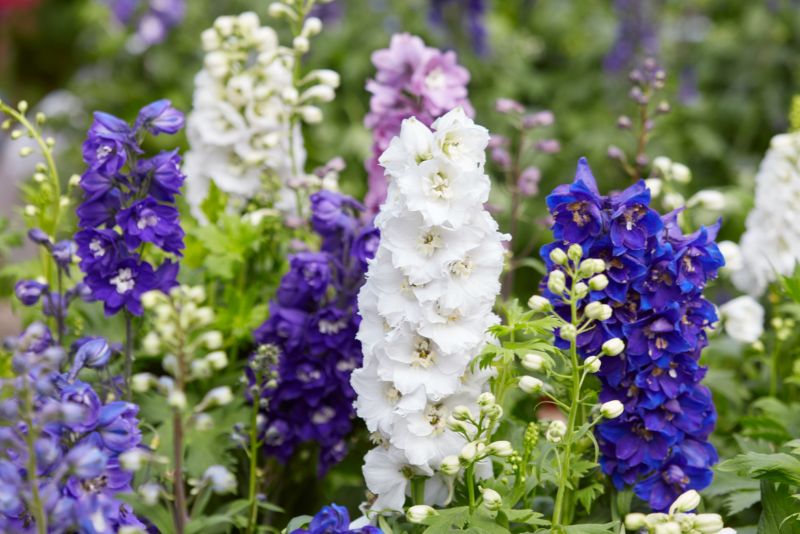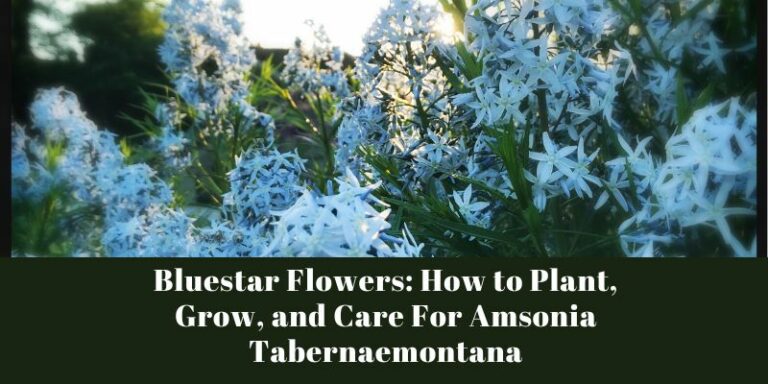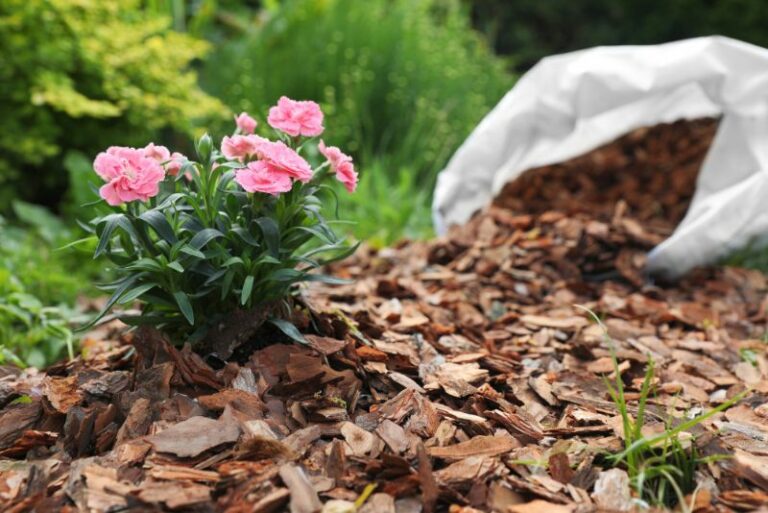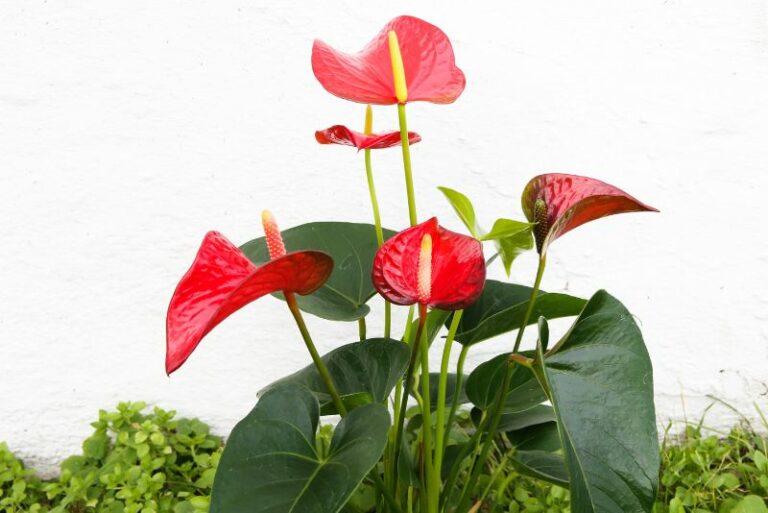Guide to Growing and Caring for Lovely Larkspur Flowers
The larkspur flower is a timeless treasure in the realm of gardening, known for its tall, stately blossoms that embody grace and poise. As a staple for those desiring to infuse their gardens with charm and color, larkspurs are a cherished addition to any flora enthusiast’s plot. In this comprehensive guide, we will walk through everything you need to know about these beautiful blooms, offering insight into cultivation, maintenance, and even the cultural significance of larkspurs.
Understanding Larkspur Flowers

Larkspur flowers, scientifically known as Consolida or Delphinium, belong to the Ranunculaceae family. These annual or perennial plants are native to the Northern Hemisphere, with a wide range of species that find favor in gardens worldwide.
Description of Larkspur Flowers
Characteristic of larkspurs are their delicate, multi-petaled flowers that form along tall, vertical stems – creating an impressive, spire-like display. The natural elegance of larkspurs is further highlighted by their varied colors, including the most vibrant shades of blue, lavender, pink, and white.
Varieties and Colors
Larkspurs offer a rich palette for gardeners to play with. Among the popular varieties are the ‘Giant Imperial’ with its large, densely filled flower spikes, the ‘Sublime’ for its early flowering and cozy compactness, and the ‘QIS Mix’ for its all-inclusive mix of color expressions.
Growing Larkspur Flowers
Understanding how to grow larkspur starts with capturing the essence of their native growing conditions and affinities.
Soil and Sunlight Requirements
Larkspurs thrive in well-drained soil with a slightly alkaline pH (around 7.0) and cherish sun-filled locations of around 6 to 8 hours of direct sunlight. These plants are somewhat drought-tolerant, but periodic watering is crucial, especially during their growing stages.
Planting and Propagation Tips
To plant larkspurs, choose a location where they can enjoy direct sunlight and begin from seeds or by dividing perennial plants. Sow seeds directly into the soil in the spring or fall, covering them lightly. It’s advisable to thin out seedlings to achieve the desired spacing for your chosen variety.
Caring for Larkspur Flowers
Caring for larkspurs involves staying attuned to their watering needs and employing prudent pruning practices.
Watering and Fertilizing Guidelines
Regular, deep watering is best to encourage larkspurs to develop deep root systems. Starting with a balanced fertilizer in the spring and possibly a light top-dressing mid-season can provide the nutrients they need to flout impressive flower spikes.
Pruning and Maintenance Practices
Deadheading larkspurs after the first flush of flowers can promote secondary blooming. Trimming the plant back hard after flowering and keeping the area free of fallen debris also aids in preventing disease and stimulating foliage growth for next year’s show.
Common Issues and Troubleshooting
Like any garden plant, larkspurs are not immune to the occasional struggle with pests and diseases.
Pests and Diseases
Common pests that may disturb larkspurs include aphids, snails, and spider mites. Diseases such as powdery mildew and botrytis can also be a concern, particularly in humid conditions or when planted too closely together.
Solutions for Common Problems
Maintaining good airflow around the plants, regularly inspecting for pests, and removing affected parts can help keep larkspurs healthy. Application of organic pesticides when necessary and ensuring plants do not get waterlogged can also aid in fending off unwanted bugs and fungi.
Enhancing Your Garden with Larkspur Flowers
Larkspur flowers are not only standouts on their own, but they also have a positive effect on neighboring plants and the overall garden design aesthetic.
Companion Planting Ideas
Larkspurs make delightful companions for roses, peonies, and other tall, bulbous or tuberous flowers. Their spires offer a nice contrast to lower-growing plants and can be interspersed to create a unique floral tapestry.
Design Tips for Incorporating Larkspur in Your Garden
Designing with larkspurs can be as uncomplicated as a row of individuals to accent a walkway or highlight the middle of a bed, or as elaborate as a mixed gathering of varying colors and heights for a more natural look. Remember to consider the bloom time of the larkspurs in relation to their garden mates for continuous visual interest.
Conclusion: Basking in Larkspur Beauty
Larkspur flowers are a joy to nurture and observe as they grace the garden beds with their regal blossoms. By heeding the advice contained herein, and perhaps with a bit of trial and error coupled with attentive care, you, too, can have a stunning display of larkspurs to enjoy each growing season.
For more profound experiences, explore the cultural meanings and historical significance of larkspur flowers, which can deepen your appreciation and personal connection with these enchanting blossoms. Whether it’s for symbolic gestures, a love for their visual appeal, or the sheer pleasure of tending to these lovely plants, larkspur flowers offer a multifaceted avenue for fulfillment in the garden.
With diligence and care, your larkspurs will flourish, rewarding you with a slice of nature’s exquisite beauty that is uniquely yours to celebrate.






